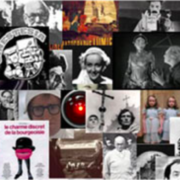“The Lunatics” (Le systeme du docteur Goudron et du professeur Plume): An Early Encounter Between Cinema, literature and Mental Distress
Abstract
In this work, our main aim has been to catch the early moments when film, psychology, psychoanalysis and mental distress came in contact in filmmaking. We have identified Poe’s 1845 tale The System of Doctor Tarr and Professor Fether as an interesting starting point of this connection, and the film adaptation by Maurice Tourneur as a fundamental crossing, upon which we have drawn the title of this article. These early films of the silent short-movie stage of film history, have been important as they already contained issues that would have fully resounded through the cinema of the following decades: the reversal of roles between “insane” patients and sound minded professionals; the association between horror and mental Read more

